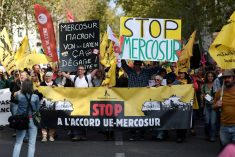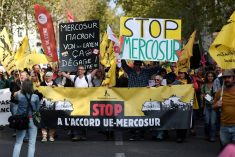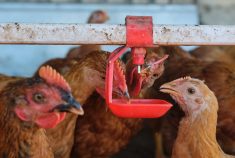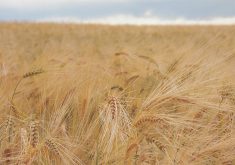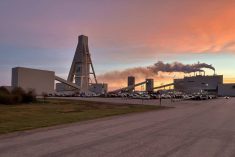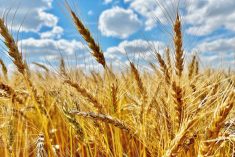Oslo | Reuters — Yara has brought most of its European ammonia production back on line after prices of finished fertilizers rose to make up for a surge in the cost of gas, the Norwegian fertilizer manufacturer said on Wednesday.
The company cut back ammonia production at a number of sites in Europe from September through November following a jump in the price of the natural gas used in the manufacturing process, hitting its overall output in the region by 30 per cent.
Fertilizer prices have risen sharply this year, tracking higher energy costs, putting key crops at risk and adding to global food security and inflation fears, analysts say.
Read Also
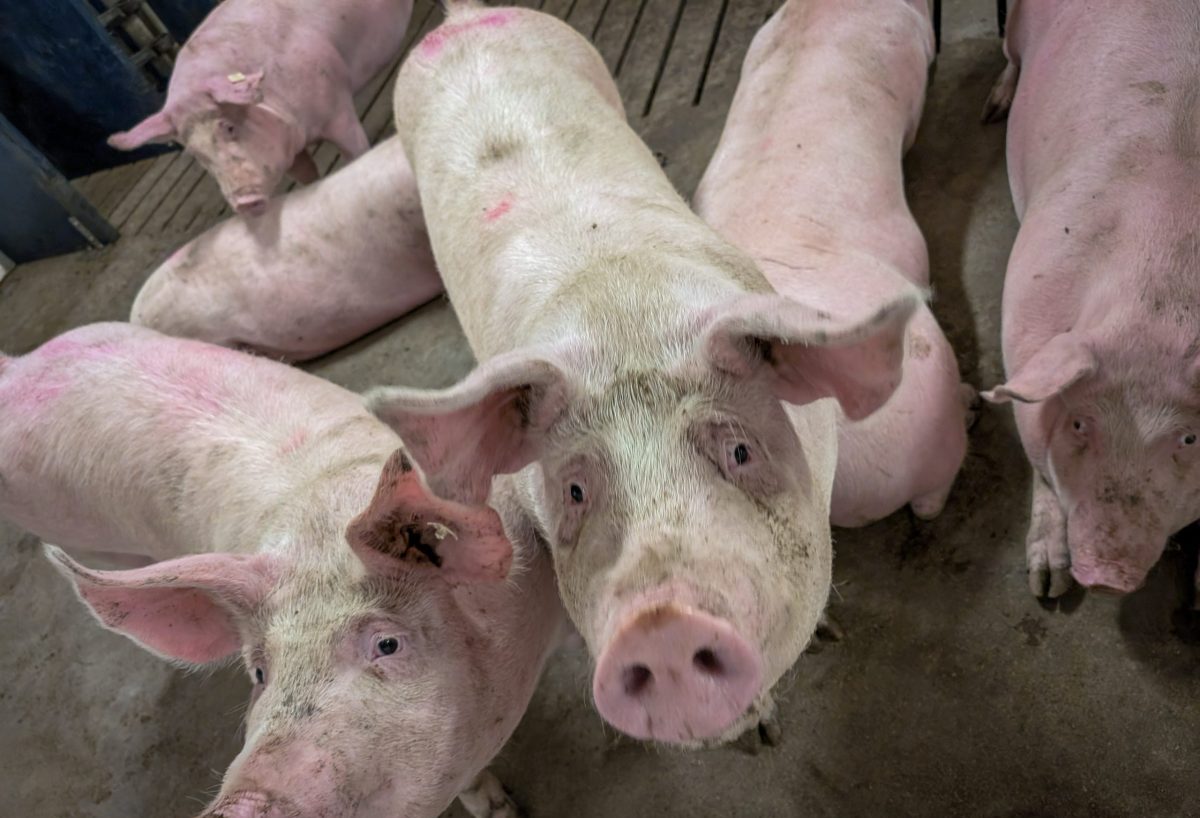
U.S. livestock: CME cattle futures lower after sideways trade
Chicago | Reuters – Chicago Mercantile Exchange live and feeder cattle futures inched lower on positioning on Tuesday as thin…
“The price of finished nitrogen fertilizer has risen in the quarter to a level where it has been profitable for us to start up production and, in addition, the global ammonia price has also risen,” a Yara spokesperson said.
The company said in a statement that while it aimed to keep supplying customers, it couldn’t rule out cutting back ammonia production again if necessary.
Rivals including CF Industries have also cut production.
Including maintenance and unscheduled outages, Yara’s European ammonia production was approximately 370,000 tonnes below capacity during the curtailments.
“The impact on finished fertilizer production has been limited, as unprofitable ammonia production has been replaced with sourcing from Yara plants outside Europe, and from Yara’s global ammonia trade and shipping network,” the company said.
CEO Svein Tore Holsether told Reuters last month that some capacity at Yara’s Dutch plants had already been brought back on stream.
European wholesale gas prices have surged as much as 700 per cent this year as demand recovered rapidly from a pandemic slump at a time of low storage levels and supply constraints.
As of Tuesday, the European benchmark was 570 per cent higher than at the start of 2021.
As a result of supply constraints, farmers in Europe have scrambled to buy urea and liquid nitrogen at elevated prices for fear of running short in the planting season.
Yara has the capacity to produce 8.5 million tonnes of ammonia per year worldwide, with 4.9 million tonnes of that coming from Europe.
Ammonia is an ingredient in finished products used to fertilize crops but also goes into explosives and for cleaning exhaust from diesel engines, among other applications.
— Reporting for Reuters by Victoria Klesty and Nora Buli; additional reporting by Terje Solsvik.




